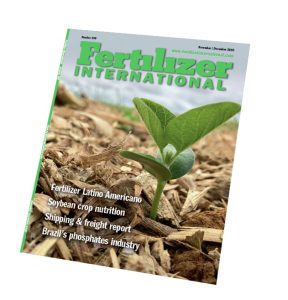
Resilient ratings
The late autumn gloom has darkened in recent weeks, as Europe slipped back into a lockdown that seemed as inevitable as the encroaching winter.

The late autumn gloom has darkened in recent weeks, as Europe slipped back into a lockdown that seemed as inevitable as the encroaching winter.
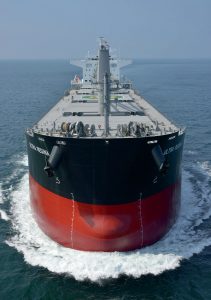
With around 90 percent of global trade requiring sea transport, shipping remains the life blood of the world economy. Intercontinental trade, the bulk transport of raw materials, and the import/export of food and manufactured goods all rely on affordable and effective shipping.
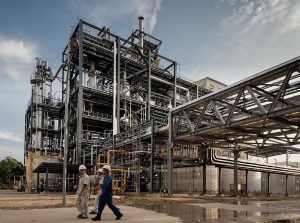
As urea plants grow in capacity, so does the need for finishing technologies with higher capacities. Barbara Cucchiella , senior process engineer at Stamicarbon, describes how her team has risen to the challenge of the global trend for larger granulation plants.

More than 330 million tonnes of soybean are grown globally every year and processed to yield oil and meal, a major source of animal protein. Its cultivation in Brazil, the US and other countries requires large applications of potash and phosphate. The nutrient needs of this major oilseed crop are reviewed.

Latin America has confirmed its status as a pre-eminent global marketplace for fertilizers. We report on demand growth and fertilizer supply and capacity developments within this diverse region.

Brazil’s phosphate industry is on a growth dash to meet rising domestic demand. We report on the major acquisitions, investments and expansions by CMOC, Mosaic, Yara and Itafos.
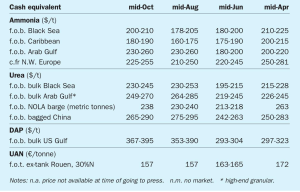
Alistair Wallace , Head of Fertilizer Research, Argus Media, assesses price trends and the market outlook for nitrogen.
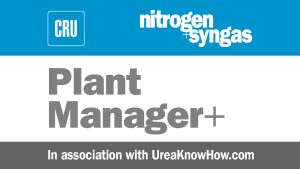
This case study describes a backflow scenario in a pressurised leak detection system. Backflow can occur in case of a relatively large leak (crack in liner), where the flowmeter installed downstream of the equipment acts as a flow restriction, allowing pressure to build up.
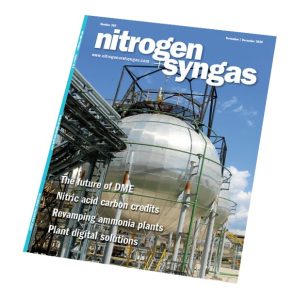
This year has been one of the stranger ones in my life, and I’m sure yours as well. Looking back from the perspective of late October 2020, I had no idea at the start of the year how much time I was going to be spending in my study rather than in the office or a hotel! Covid has forced major lifestyle changes upon all of us this year, and it has definitely accelerated some trends that were already making themselves felt, but which have suddenly become a major part of our forced adaptation to strange times. I haven’t used cash since March, for example, except at one stubborn local takeaway that can’t take contactless payments. Perhaps the greatest of these changes has been enforced remote working, and that has meant looking at digital technologies and the way we can use them. Even those of us who are, shall we say, not digital natives or early adopters, have had to become intimate with both the potential and the pitfalls of Zoom, Teams and all of the rest.

Every five years since 1955, the Chinese government has prepared its ‘Five Year Plan’ for the country’s economy over the coming half decade. This year, the 14th Five Year Plan is being drafted, and given the influence of the Chinese economy over the global chemical sector, its conclusions will be eagerly awaited.